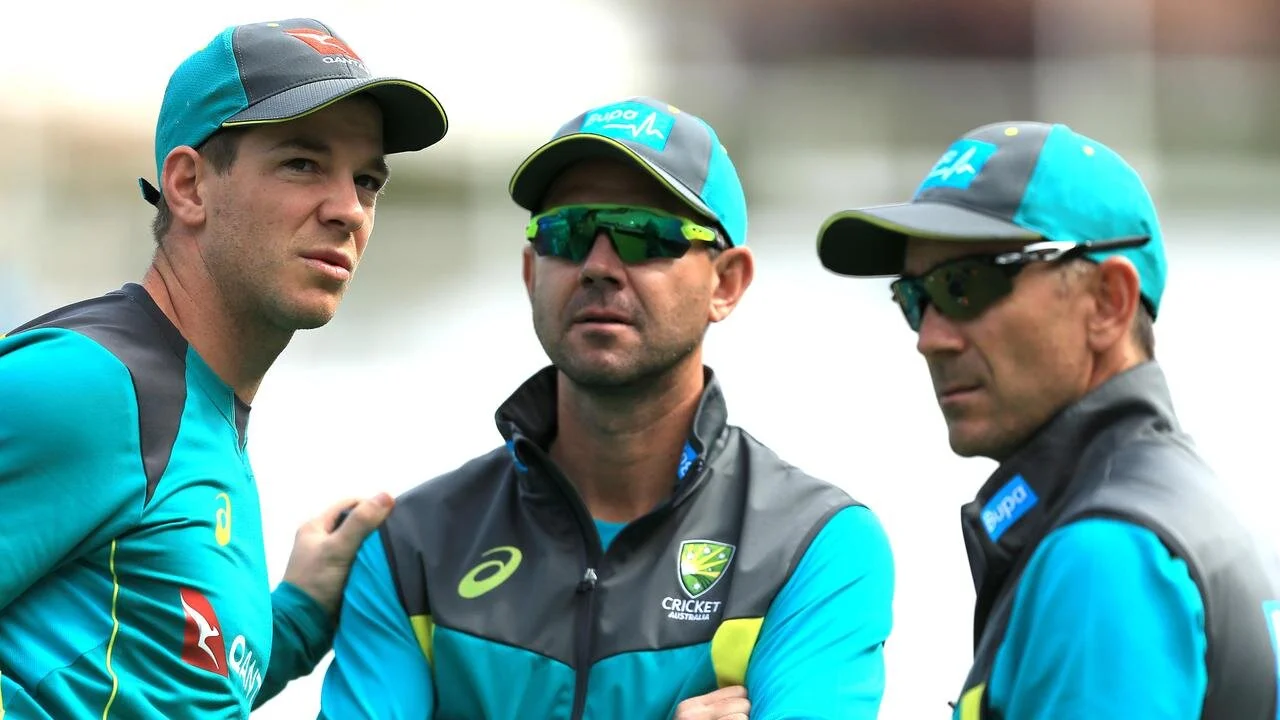Langer and his leaders: How can we identify and develop young leaders in sport environments?
/Team environments offer layered complexities, having potentially multiple coaches, players and socially dynamic groups within so let’s explore how leadership strategies and roles of individuals and the team inside these groups affects cohesion and performance. Good teams recognised to have good leaders have strong social connectedness, which goes hand in hand with task leadership, as displays higher level of collective efficacy (Fransen, 2015). The quality of social support received is critical to group success and player satisfaction; while important to receive social support from coach-athlete relationship, the increased pressure to ensure the player does not let down their parts within the relationship can lower autonomy and intrinsic motivation through perceived controlling behaviours. What different styles affect the social dynamics of the group as well as team cohesion and success? What ways have been used to develop young leaders (or leaders of all ages)? Understanding these, let’s try and understand how does leadership and coaching influence each other?
Read More





